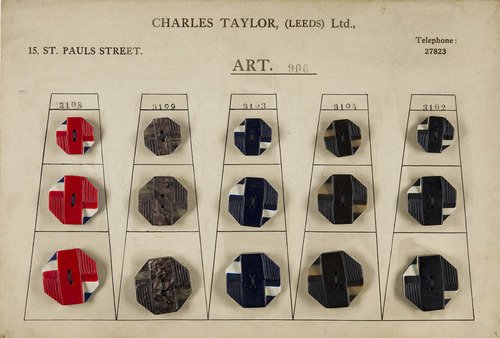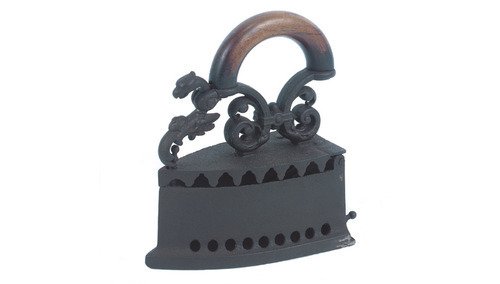Obscuratorial Finds – Why do we have so many…?
by Alice Quine, Curatorial Assistant
The Jewish Museum has been acquiring material since the early 1930s, with a high proportion relating to social history and trade. As a result, we have amassed a large collection of some very specific items, which to the casual observer, may seem slightly bizarre.
Buttons – Open any drawer in the store and there is a decent chance you will find a box of buttons, usually accompanied by some reels of thread or thimbles. This is because a great number of Jewish migrants who came to London at the end of the 19th Century became tailors, as well as furniture, boot and hat makers.

Scissors – Though this idea of the Jewish tailor has become something of a stereotype, the large proportion of objects in our collection relating to the trade reflects this trend. The sheer number of heavy tailoring scissors we have acquired is particularly impressive, if a little sinister when seen out of context.

Irons – I wonder how many irons the average social history museum has. If our collection is anything to go by, I’m guessing enough to give any downtrodden housewife a panic attack. As for the Jewish Museum, we have managed to amass a rather impressive 17 – yes, I did count them. The majority of these would have been used in trade, as opposed to domestic settings, and are significantly heavier than today’s plastic revelations. This is because creases and folds had to be smoothed out with both heat and pressure, as irons could not reach the high temperatures that they can today.

With the 20th century came mass production and technological innovation, causing a significant drop in independent tailoring businesses. While some of these objects are now practically obsolete, the history they hold is enough to ensure their place in our permanent collection – though we won’t be looking to in-crease our number of irons any time soon.